AC Connectors carries medical and hospital grade power-supply products that are compatible with North American standards and requirements.
Molded-on Plugs and Connectors follow UL 817 and CSA C22.2 requirements for NEMA 5-15, NEMA 5-20, NEMA 6-15 and NEMA 6-20.
Medical and Hospital grade power connections have special standards that are required by UL and thoroughly tested prior to use. Special standards/requirements must be met for a power connection product to be called medical or hospital grade. Both medical and hospital grades have differences but exceed the manufacturing of household or residential power supplies.
These products have nickel-plated pins and terminals, they are rust resistant, prevent electrical shock, and increased corrosion protection.
Cord Sets and Extension Cords
Hospital grade cord sets have no maximum length requirements, however, the length can have an effect on other aspects of the required UL testing, such as leakage current, or voltage drops. For example, A 16 AWG cable, rated at 13A and within 50-feet in length will rate down when the cable length is greater than 50-feet. The risk factors involved with danger to patients and caregivers is the reason for the critical measurement of the leakage current in electrical medical and hospital power-supply equipment. The hospital grade extension cord needs to have a maximum length of 15-feet.
There are no restrictions on plug color, but hospitals prefer for the plug to be clear, so they can make regular inspections of the plugs’ interior connections, easily. The cords are commonly a gray or beige color.
Common Problems and Solutions
One of the most common problems we see with hospital and medical grade cords are urgent unplugging of the cables. When they are quickly being pulled from the socket there will likely be connection problems occurring. Our products have a strain relief feature keeping cords from being damaged or disconnected during accidental unplugging or in times when they are quickly unplugged.
Peace-of-Mind
Medical and Hospital Grade products are usually marked with both the UL certified stamp and a green dot to provide proof of undergoing the appropriate testing and are safe for use in a medical or hospital setting.

As you can see there are many very important reasons for the standards and requirements of the medical and hospital grade power-supply products. If you have any further questions about our products leave a comment or email our customer service department for answers.
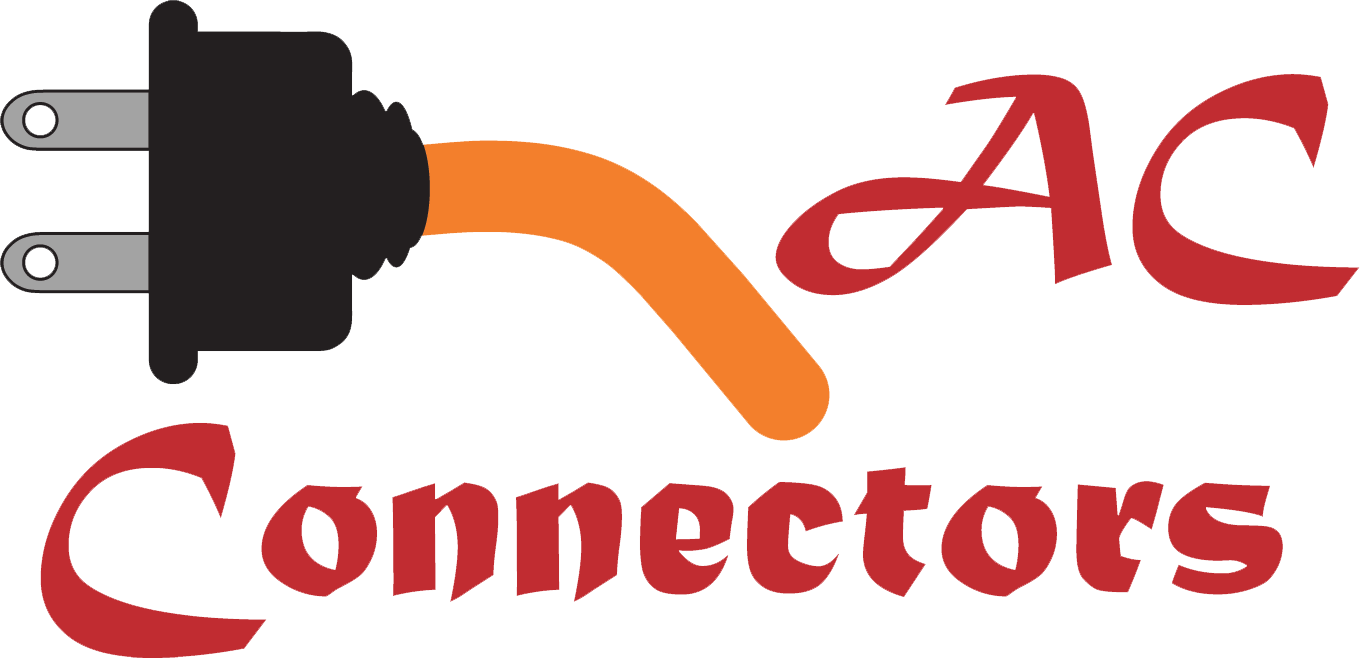

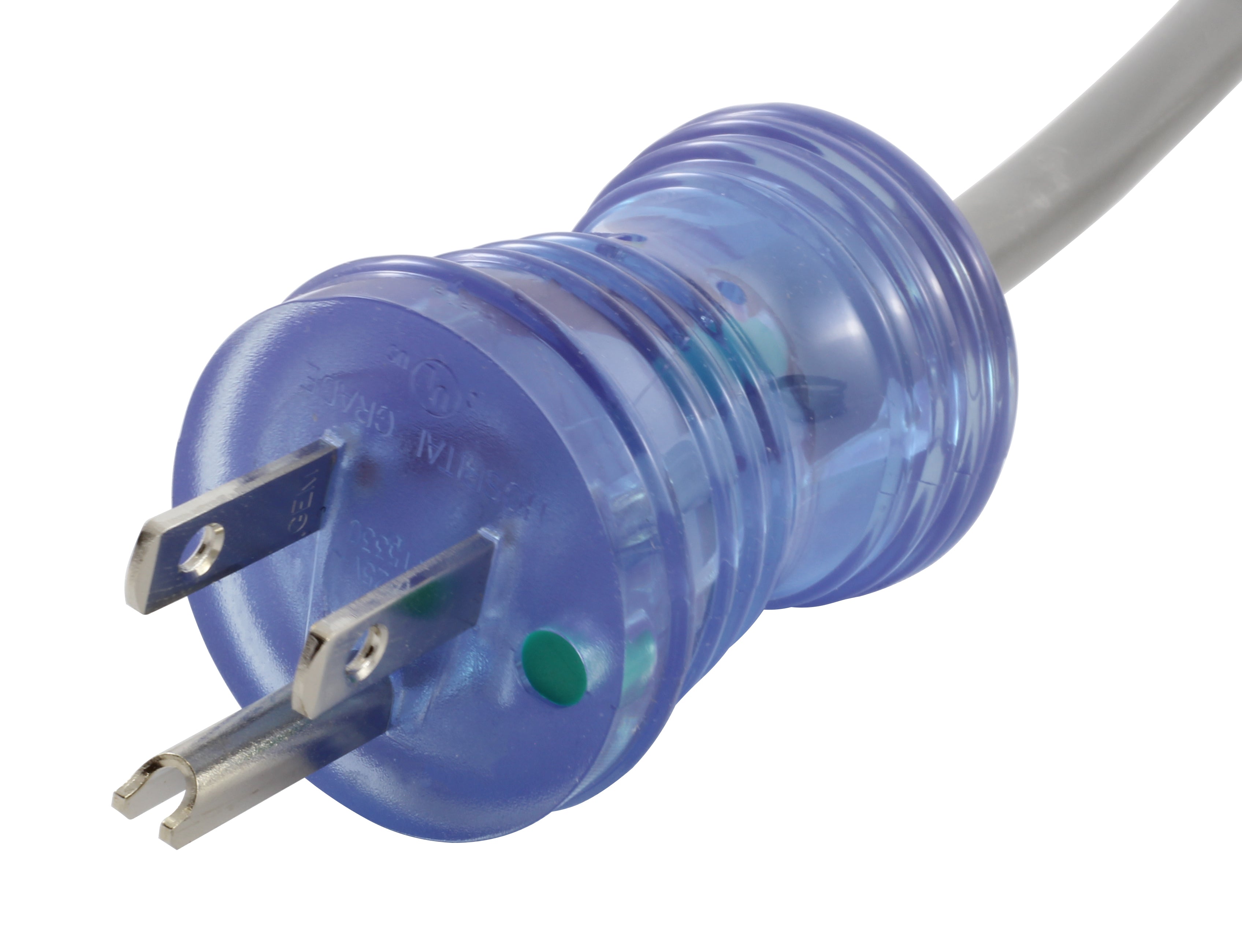


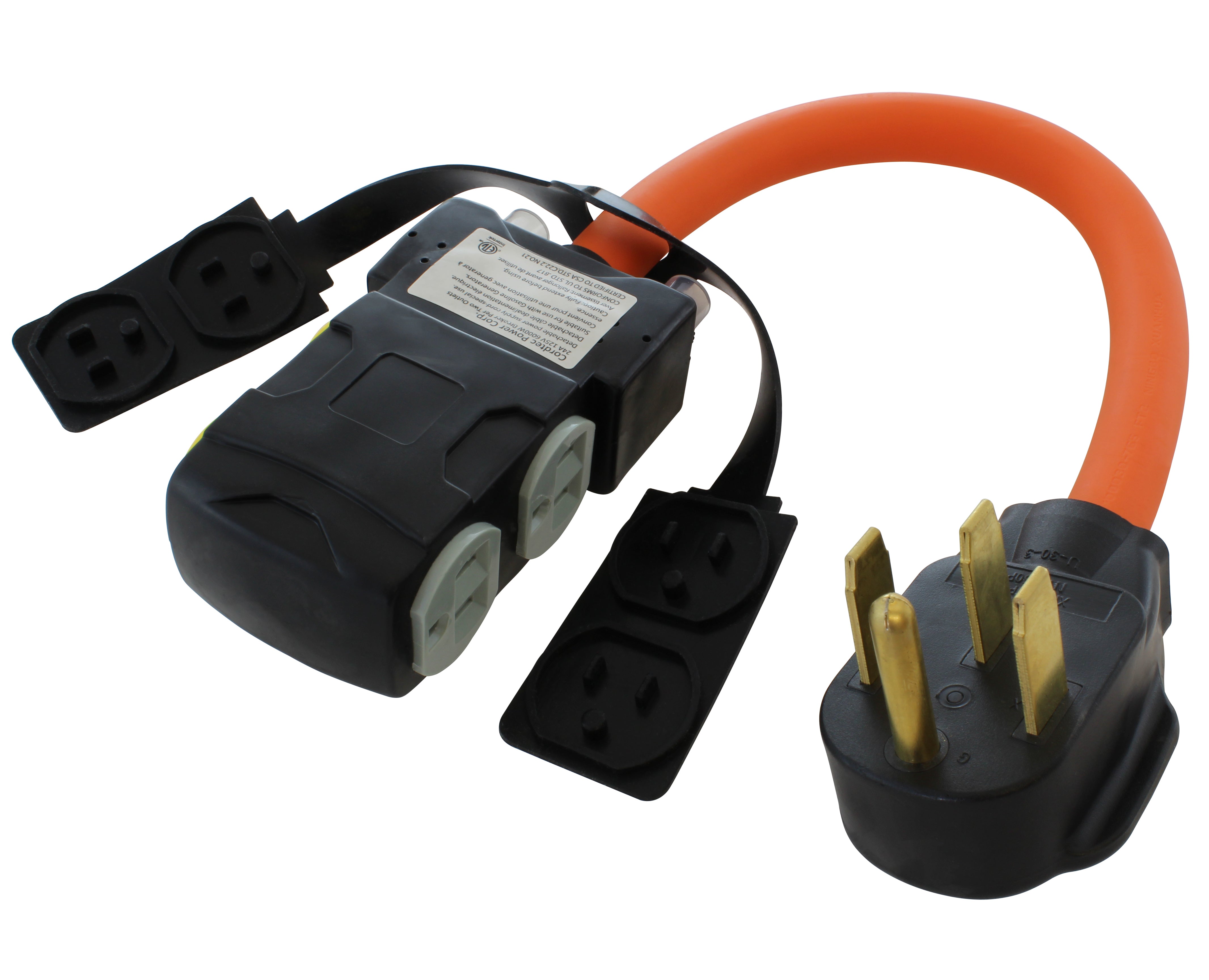
![AC WORKS® [ASINSS2PBX-G] 50A Locking 4-Wire CS6375/ SS2-50 Heavy-Duty Transfer Switch Inlet Box](http://acworks.com/cdn/shop/files/ASINSS2PBX-0_0206b362-7c90-42a5-8754-0685c13dab7e.jpg?v=1758051675&width=2500)
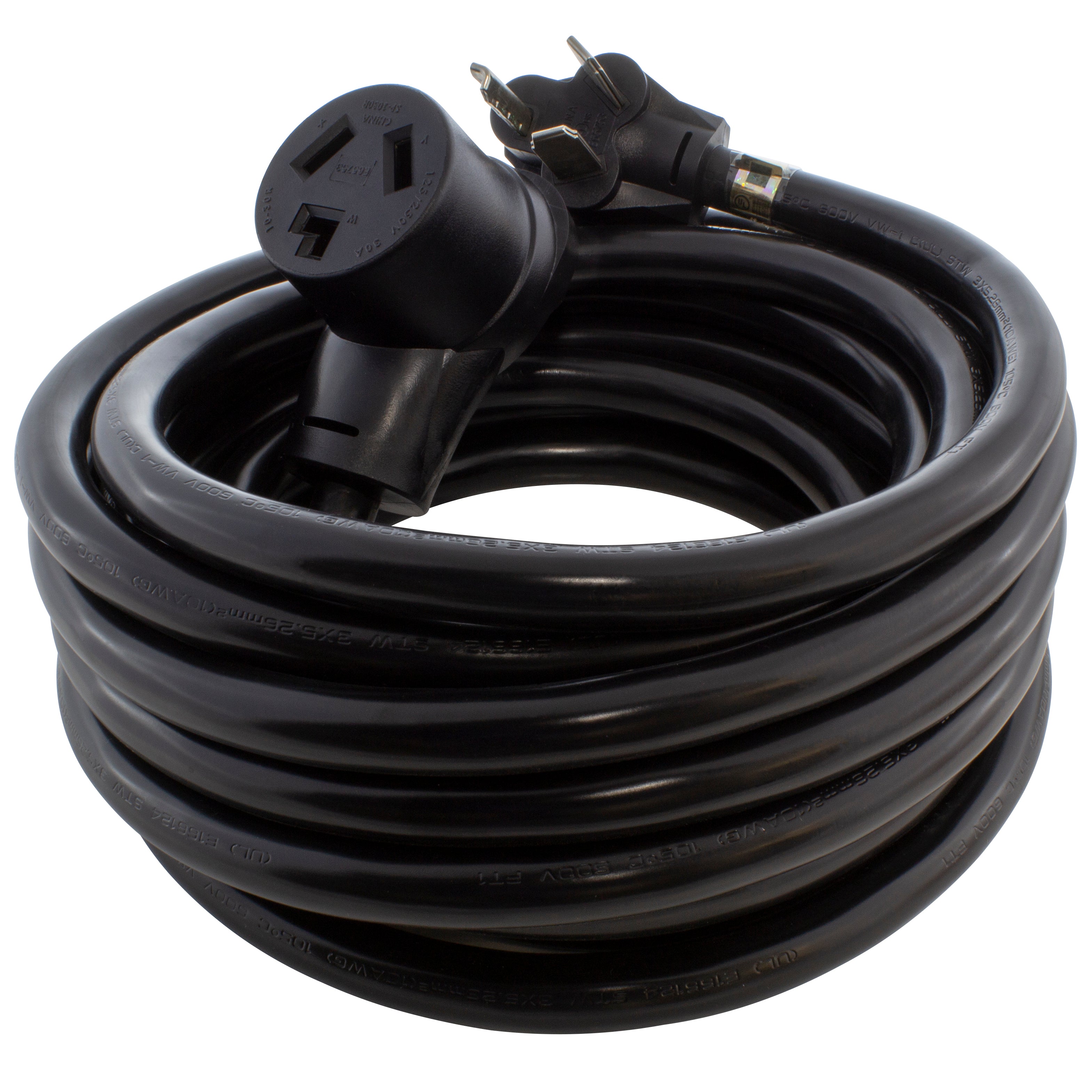
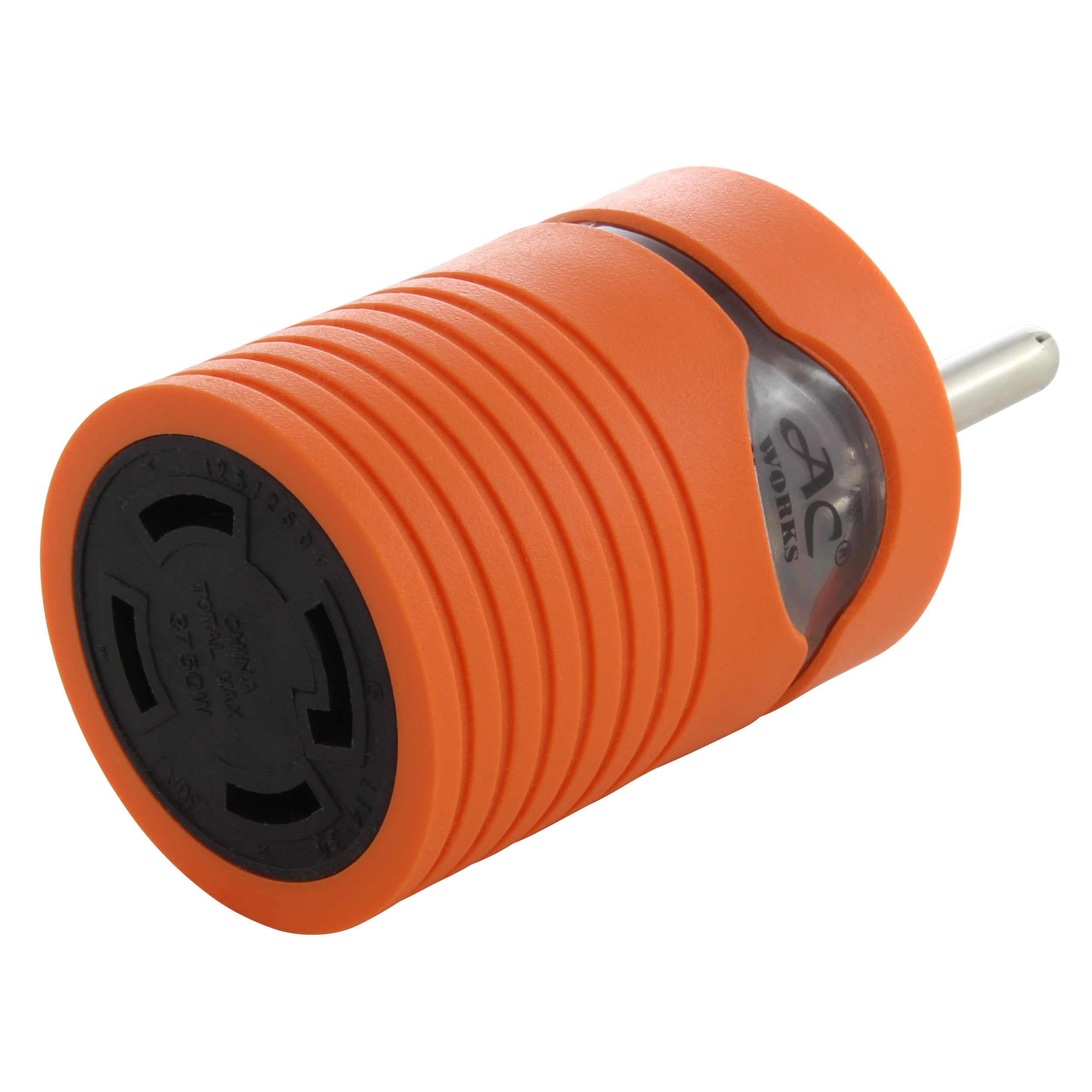
![AC WORKS® [S1430CBF520] 1.5FT 14-30P 4-Prong Dryer Plug to (4) Household Outlets with 24A Breaker](http://acworks.com/cdn/shop/products/S1430CBF520.jpg?v=1666103519&width=4656)
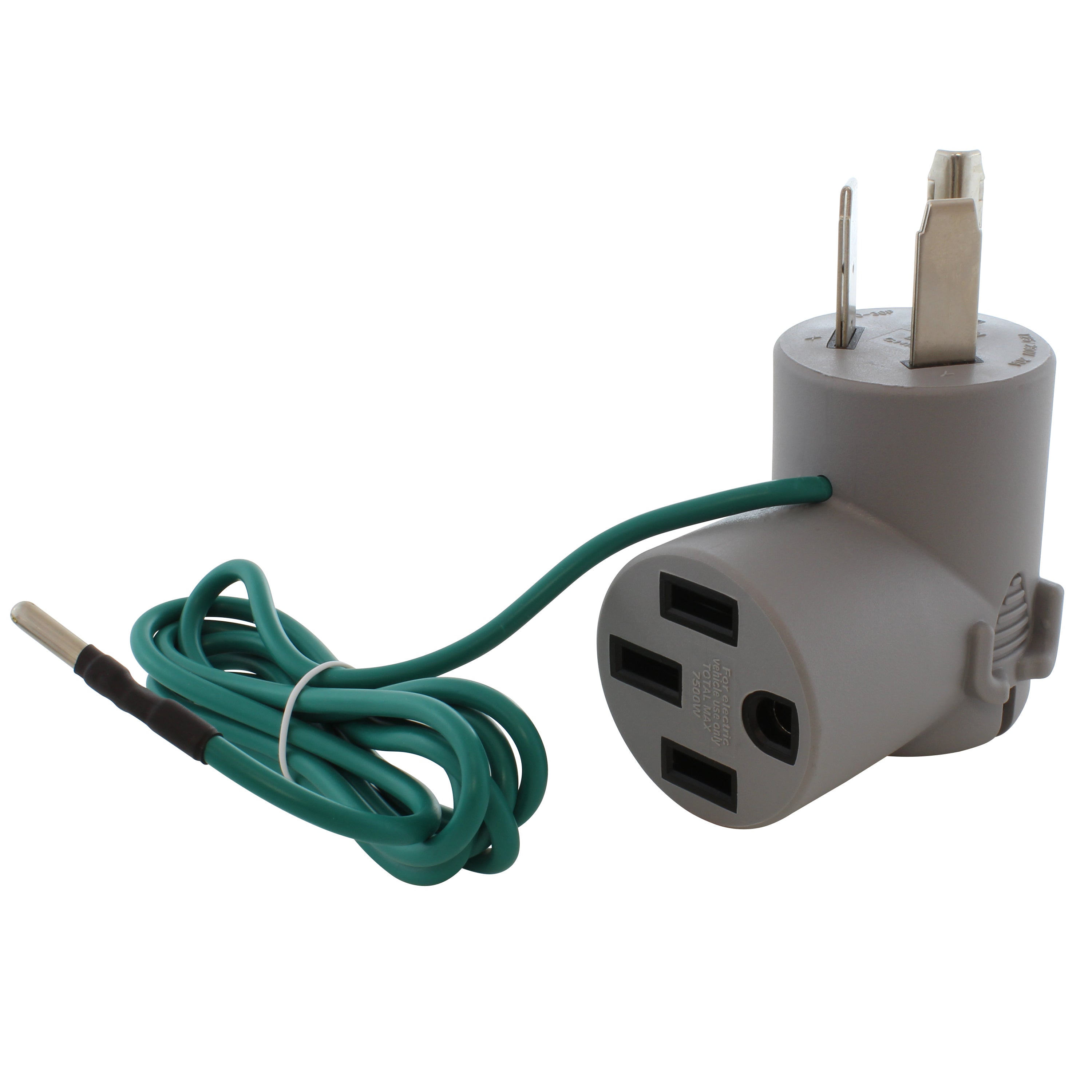
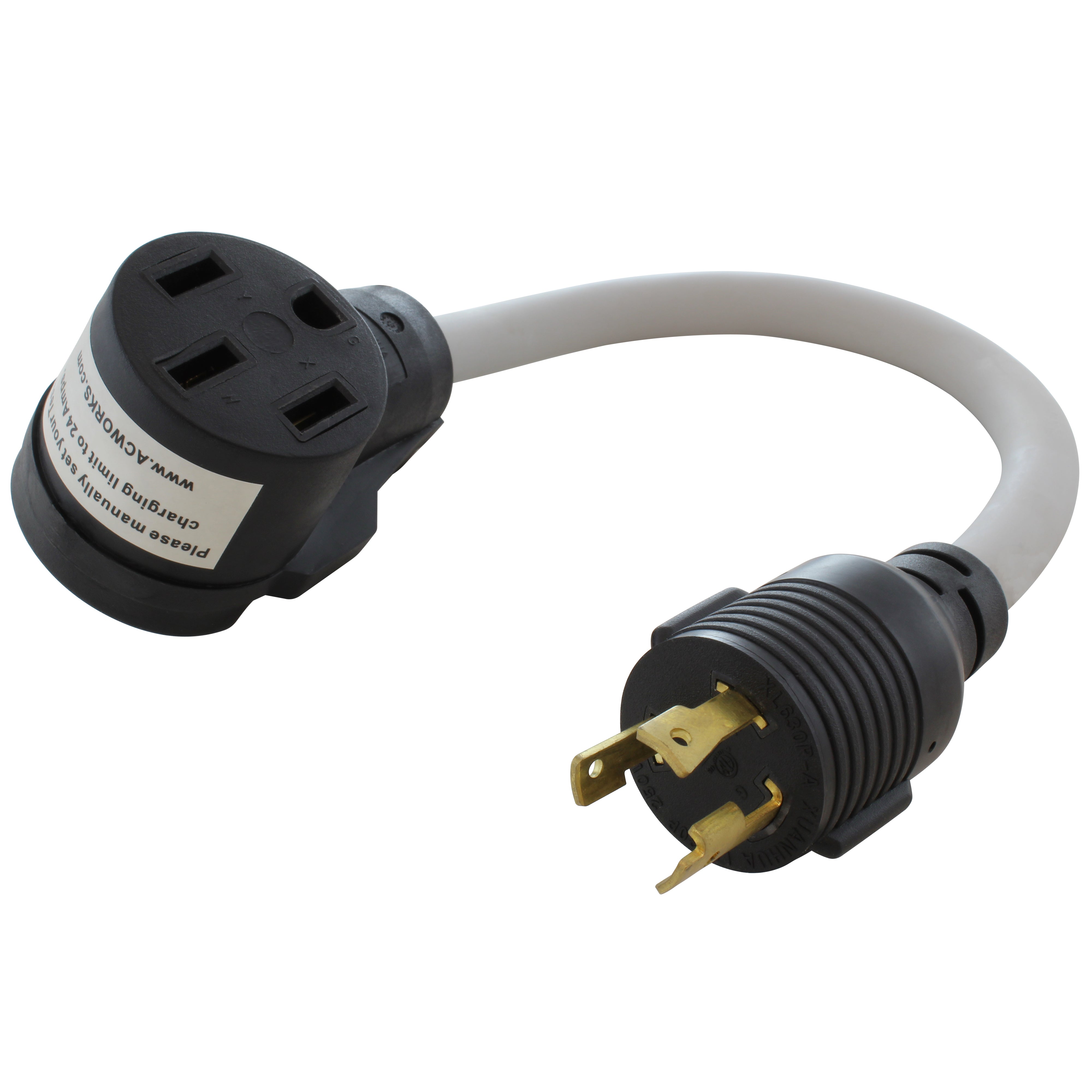
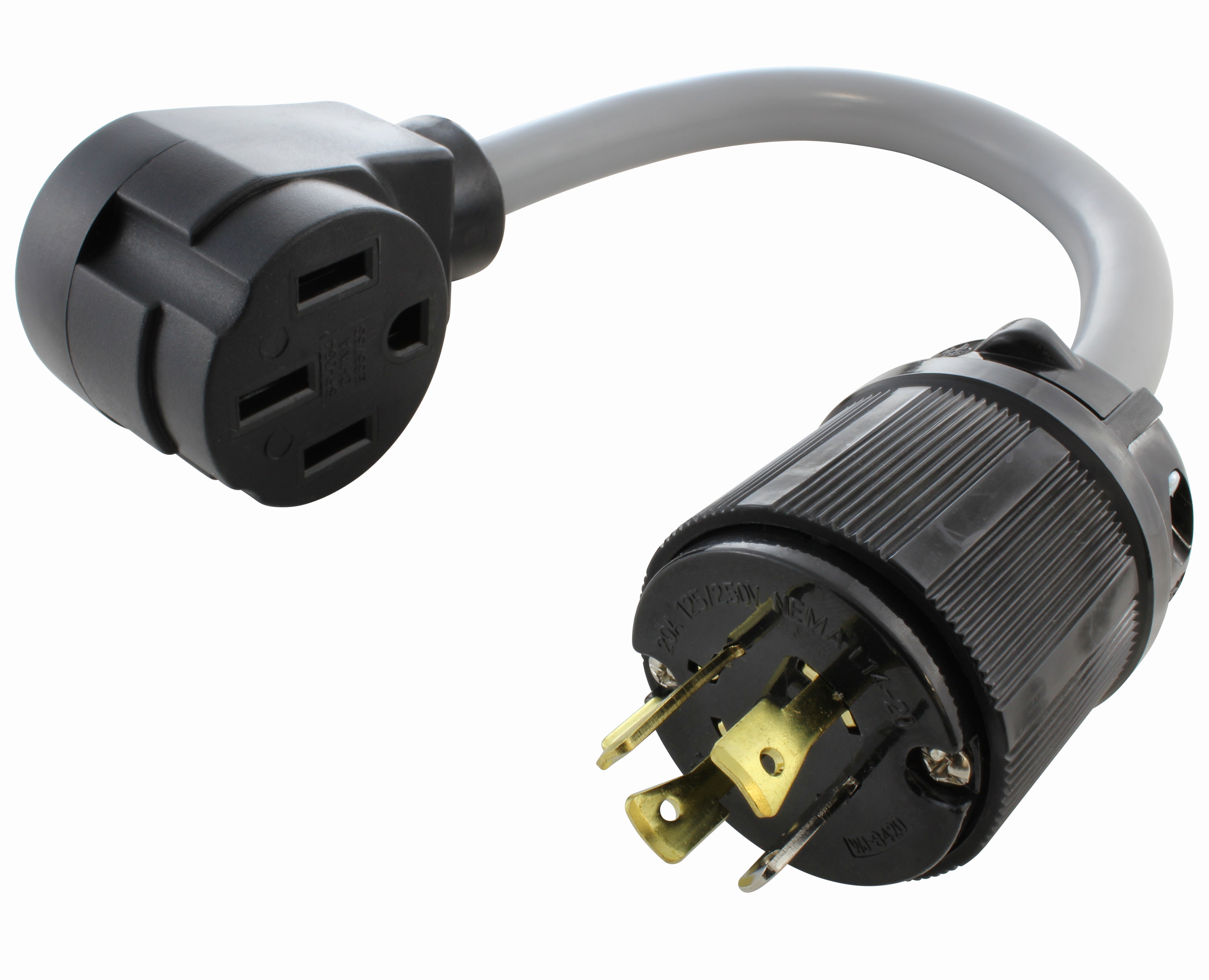
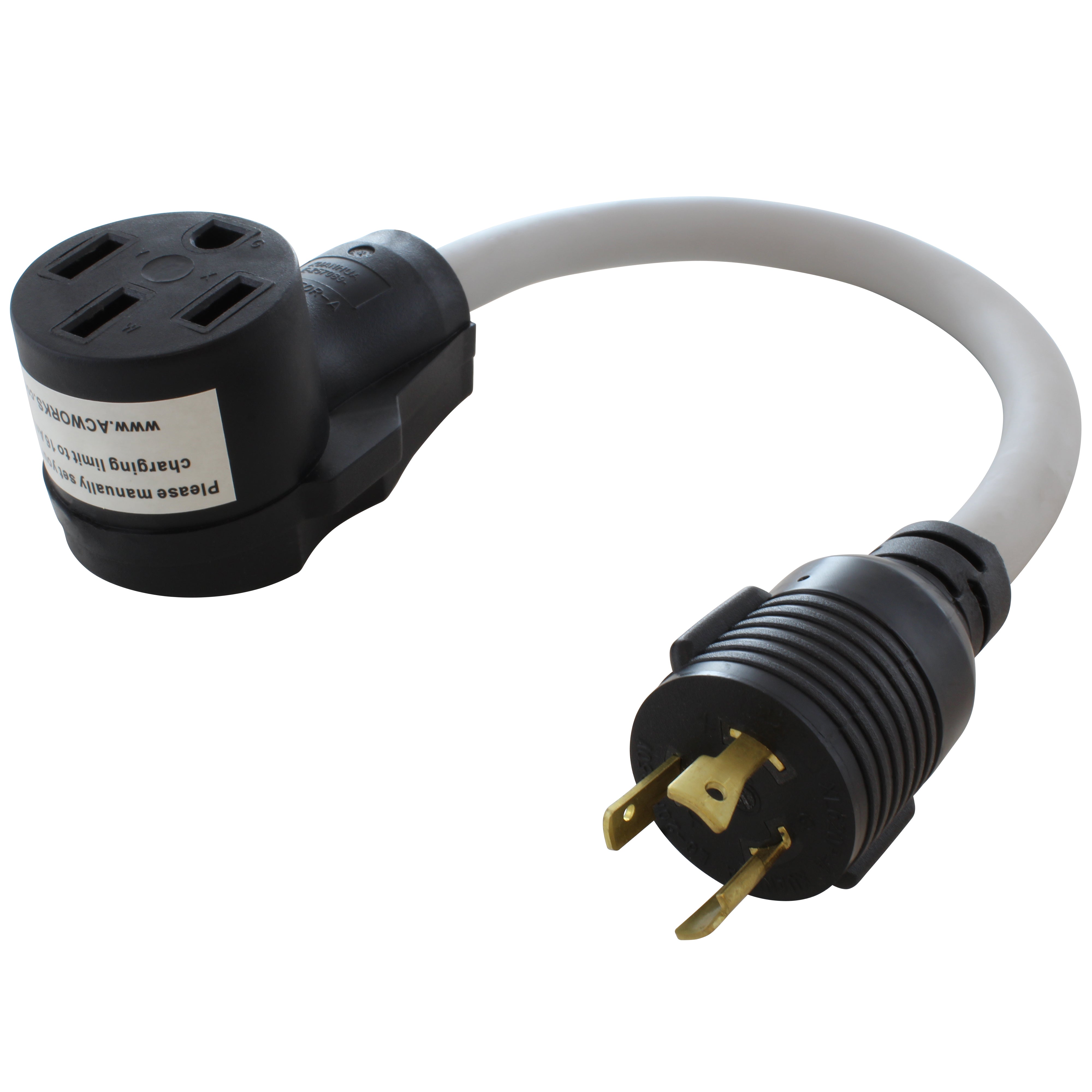
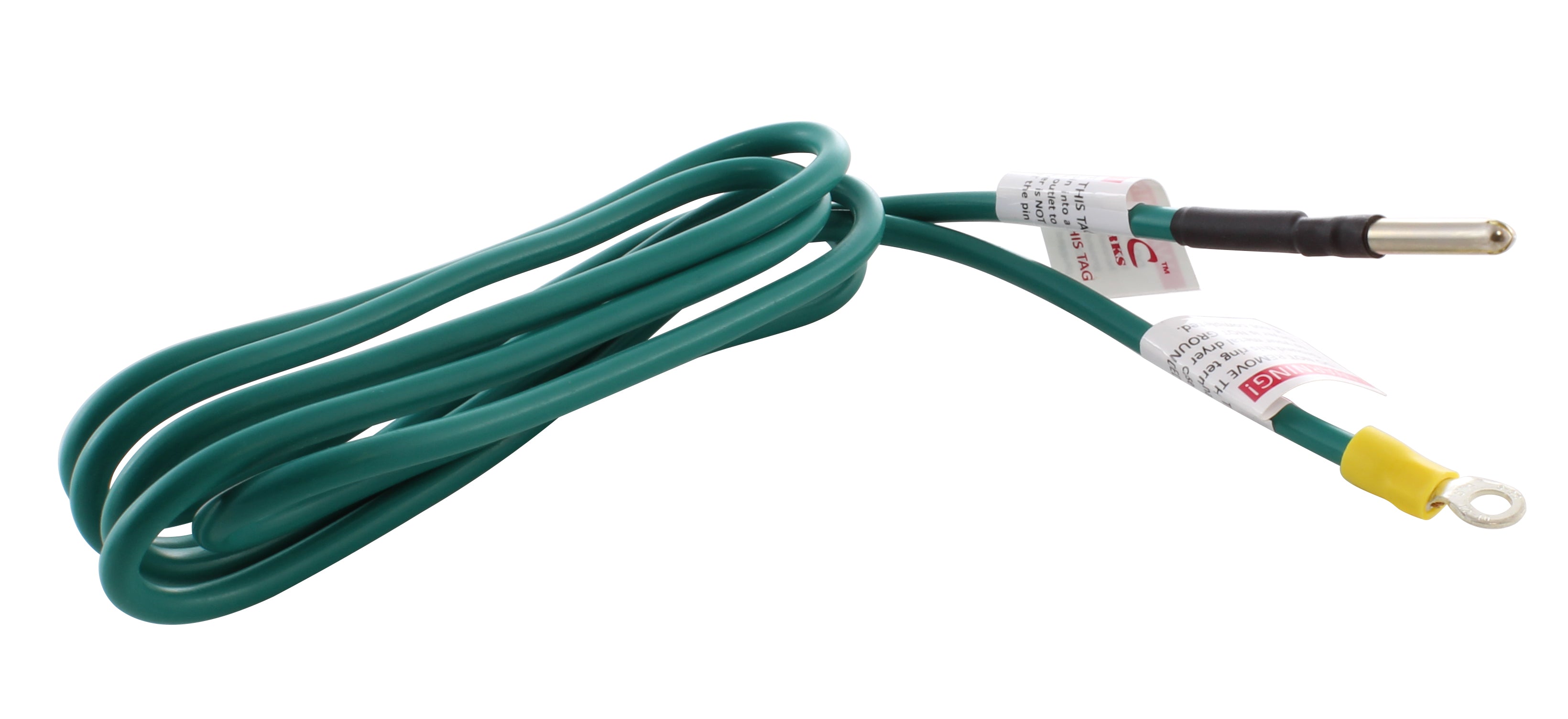
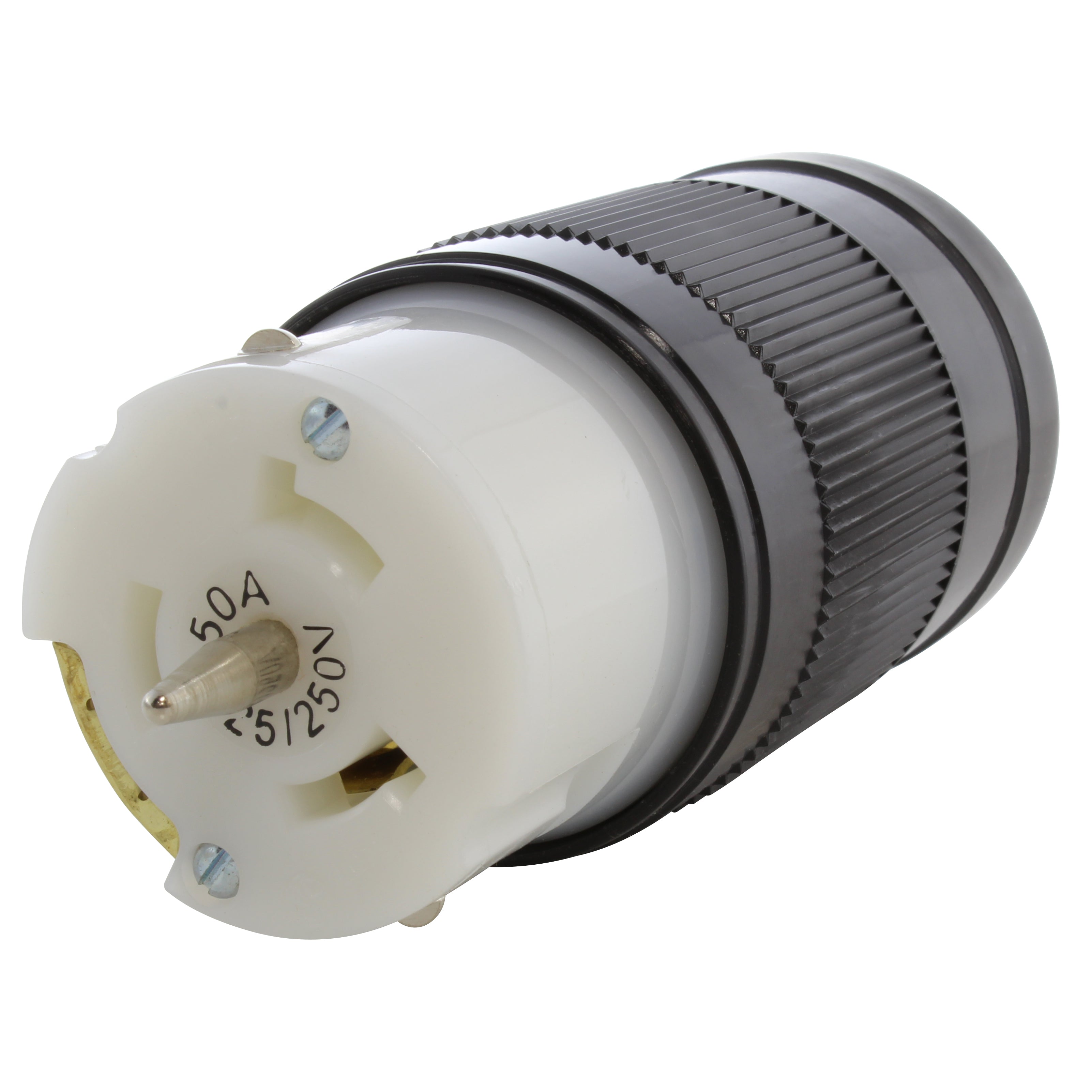
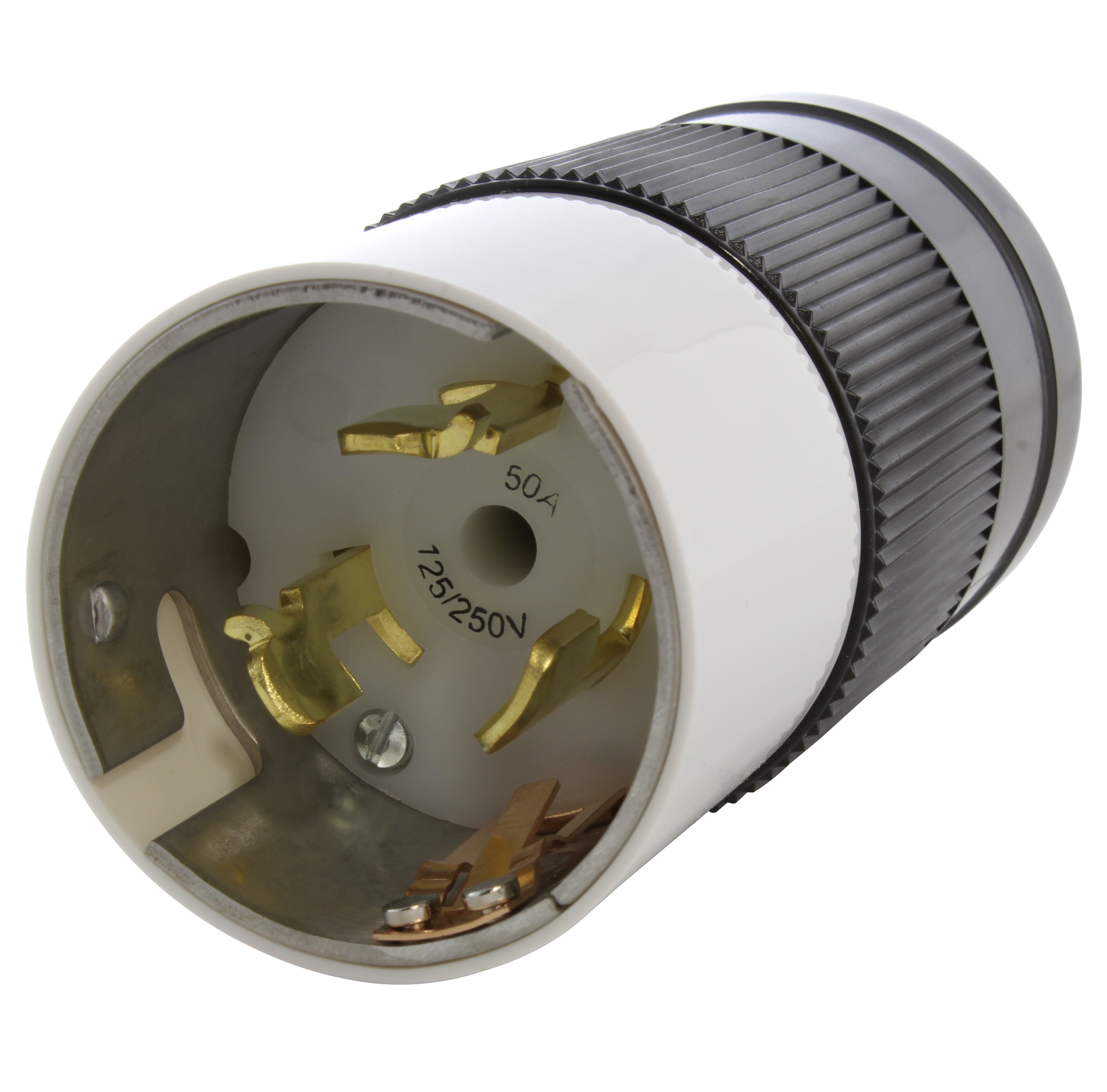
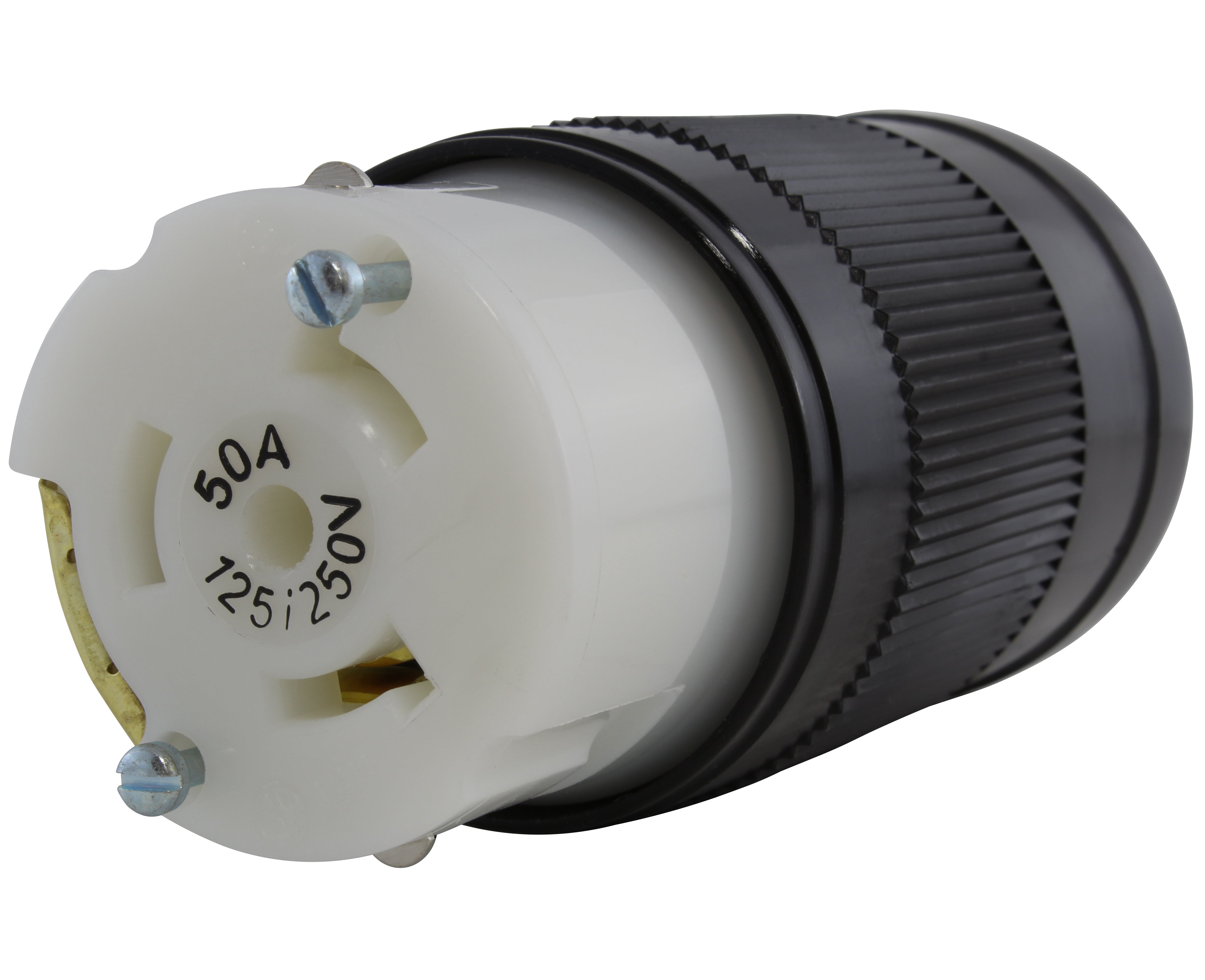
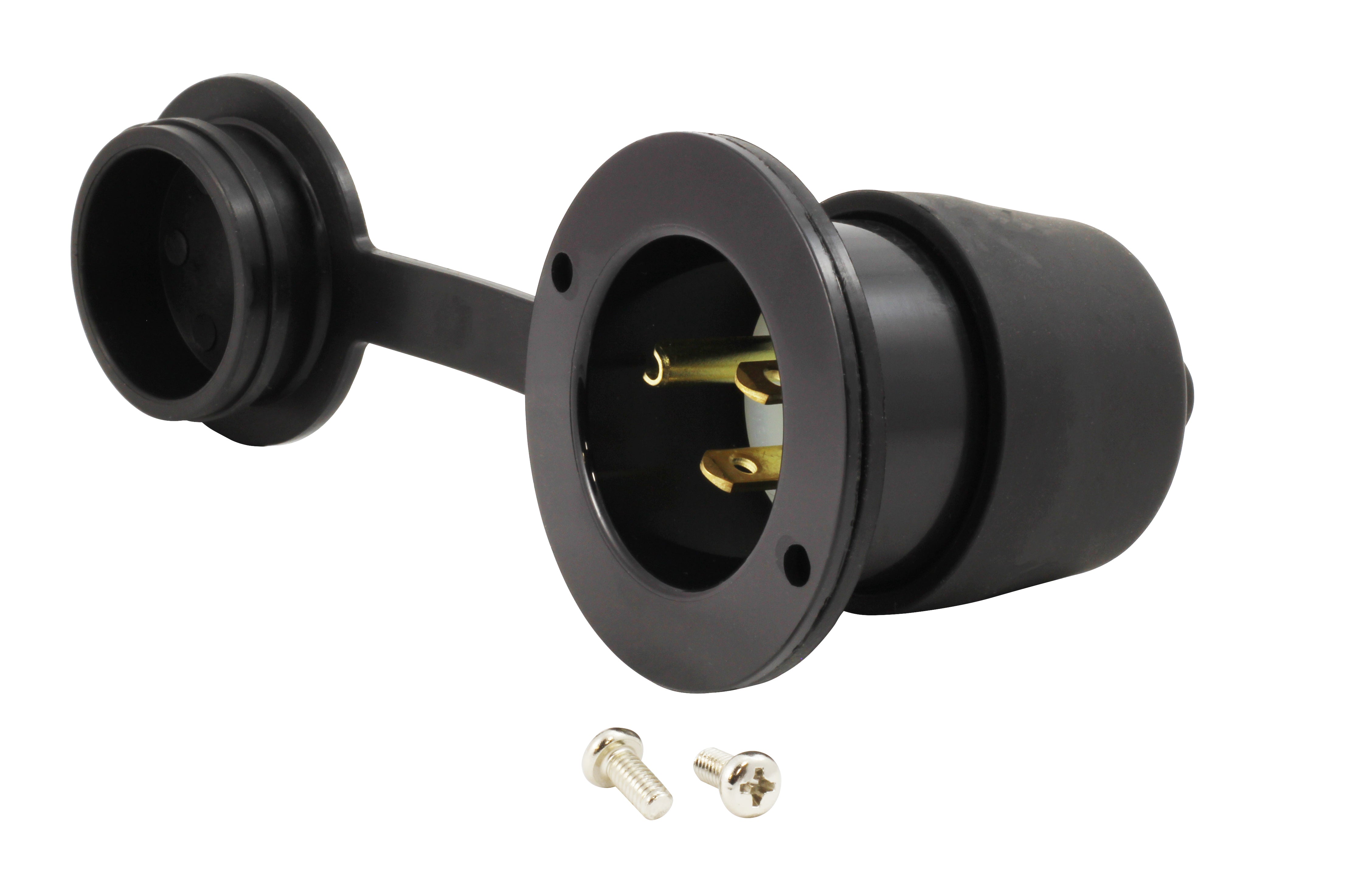
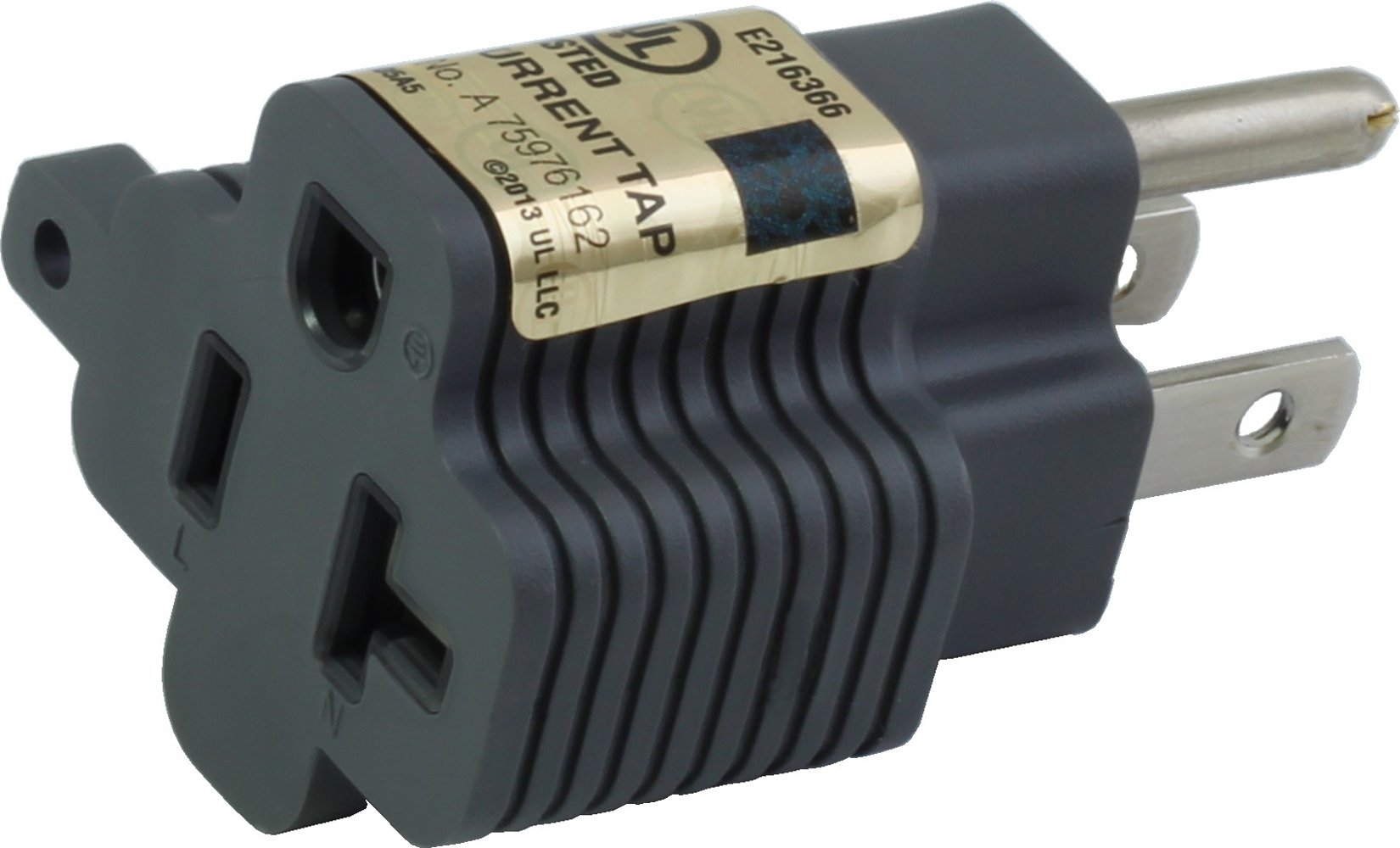
![AC WORKS® [ADV104] 3-Prong Heavy-Duty V-DUO Household Outlet Adapter](http://acworks.com/cdn/shop/products/ADV104-0.jpg?v=1605738768&width=3128)
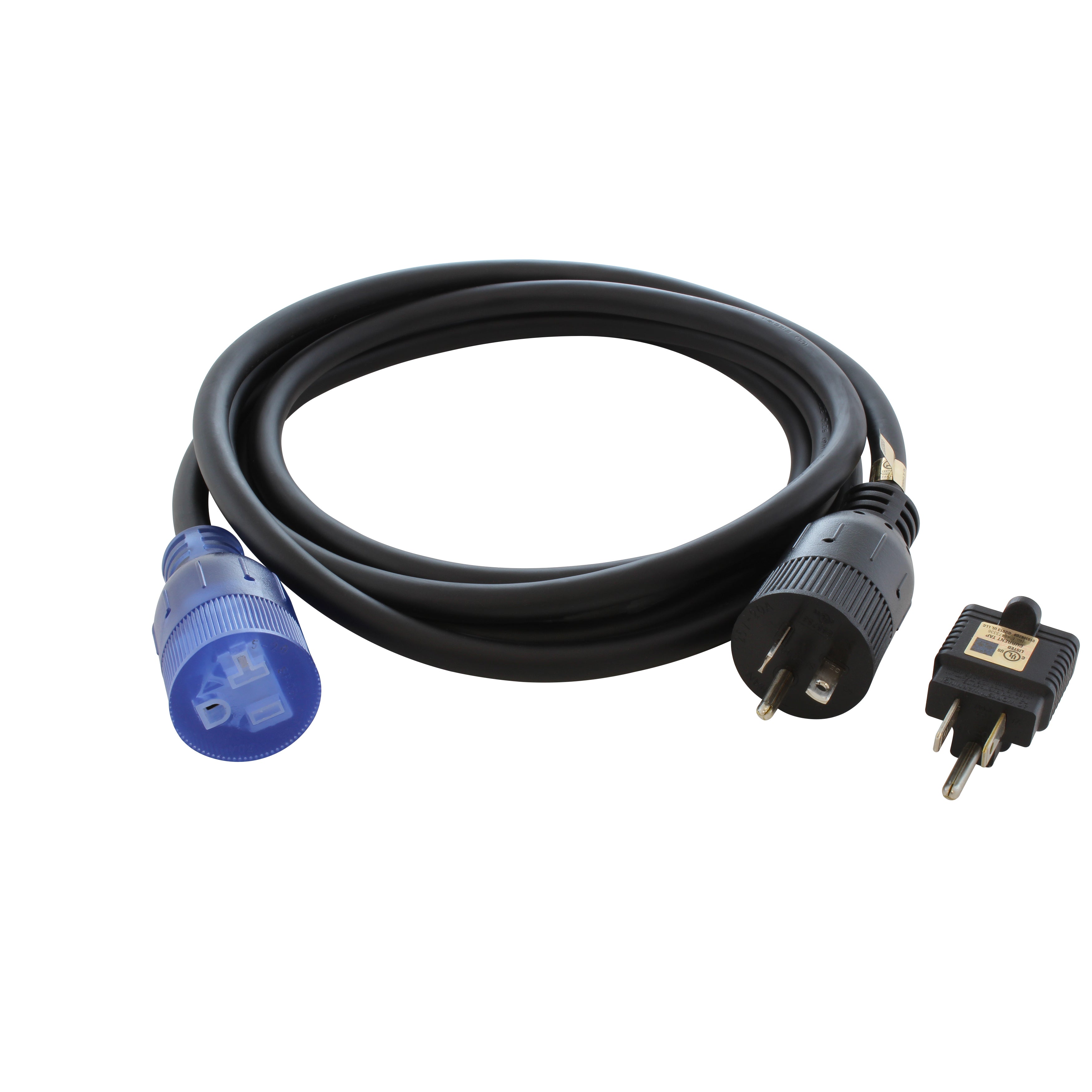
![AC WORKS® [XH515520] 15A to 15/20A 125 Volt Plug Adapter with ETL Safety Approval](http://acworks.com/cdn/shop/files/XH515520-0_daea425a-f439-48df-bb75-052167057f12.jpg?v=1729091519&width=2500)
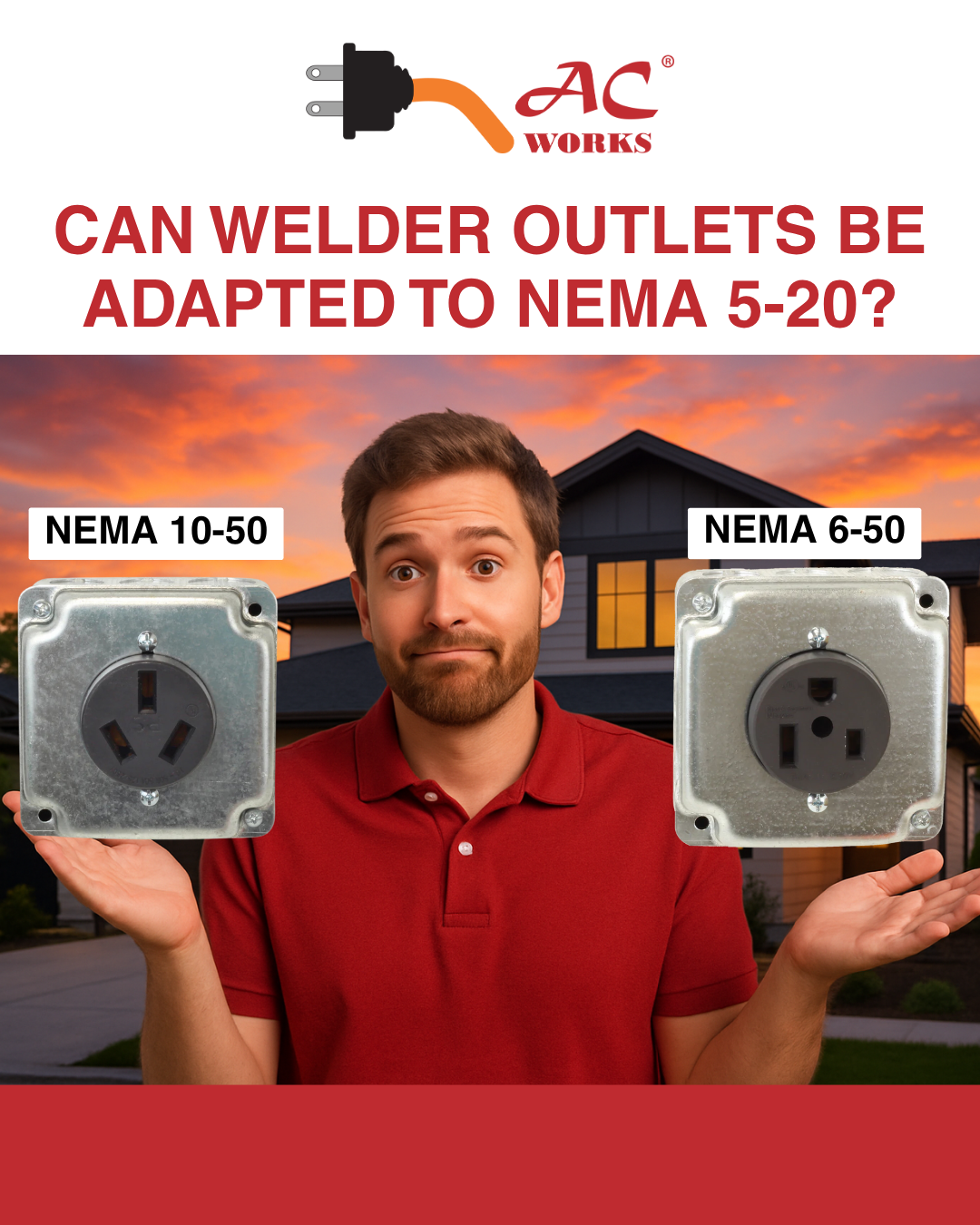

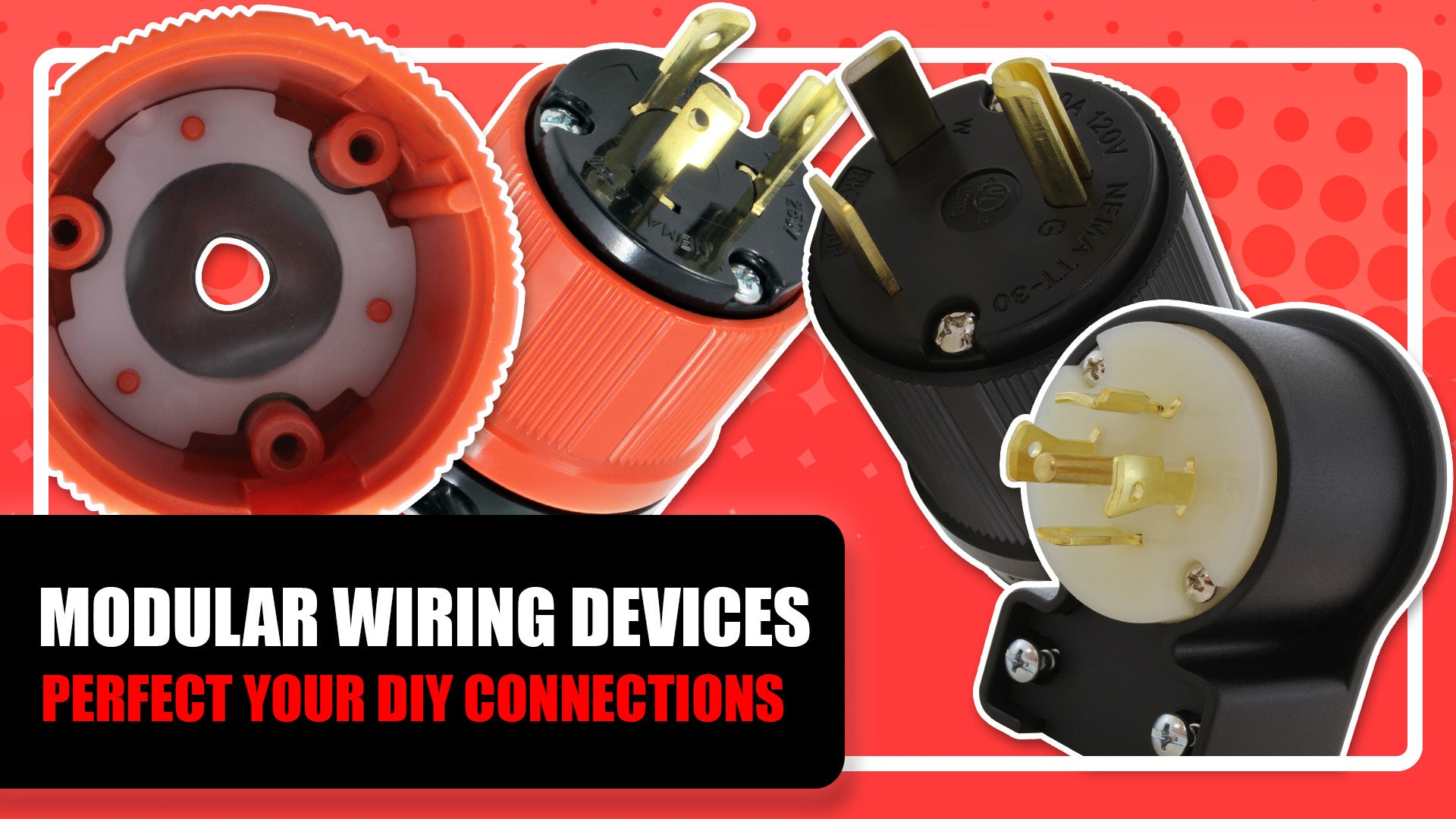
Share:
Residential Outlets
Avoiding Electrical Fires at Home